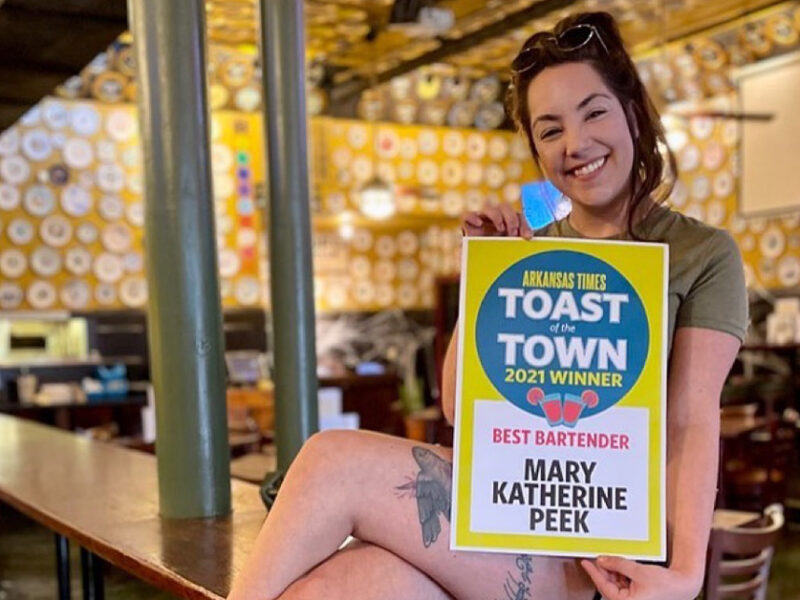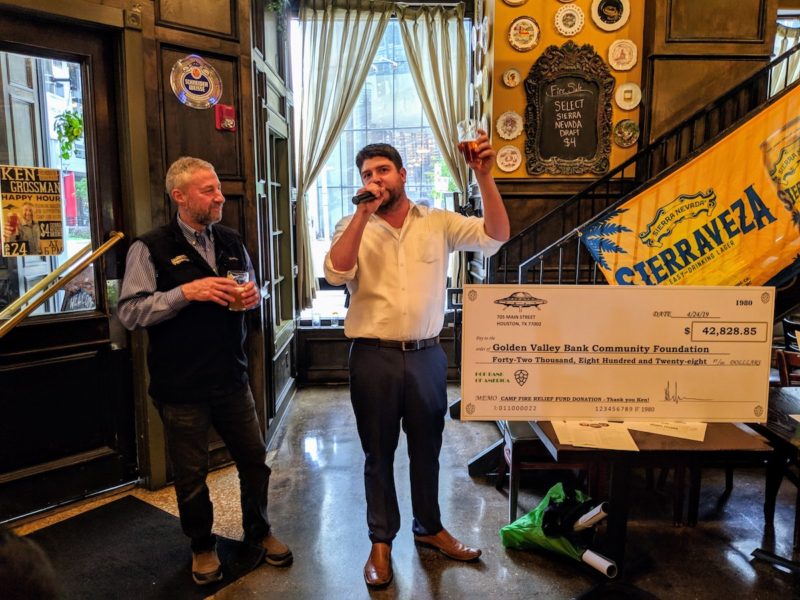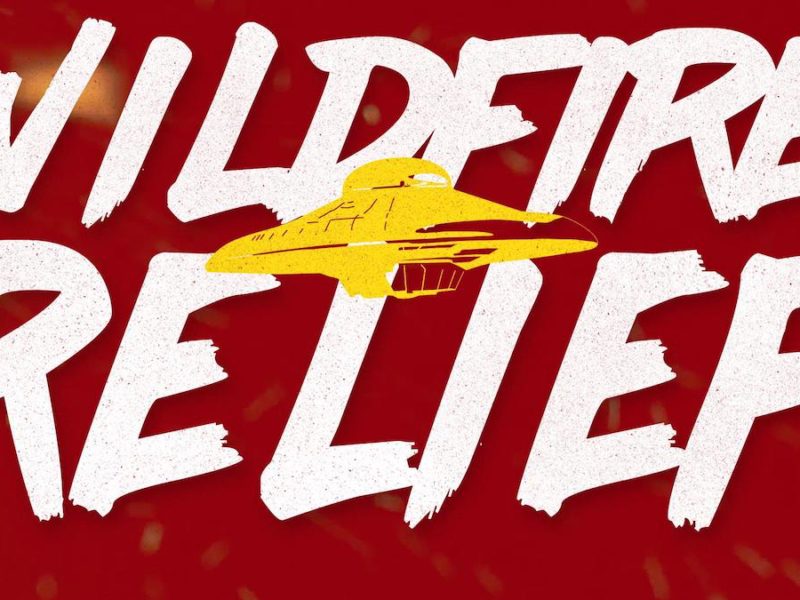We’ve all been watching this story unfold for months, and this week we got big news: the merger between AB InBev and SAB Miller, the two largest beer companies in the world, was approved by the European Union.
This is by far the largest acquisition to ever take place in the beer marketplace. After the $103 billion merger, one in three beers in the world will be made by this new corporation, and it will reap half of the world’s total profits in beer sales. But the merger won’t come without some hurdles. To avoid a monopoly, SABMiller will have to sell off some notable brands.
What does this mean for the American craft beer market? Before we dive in, let’s take a look at the timeline of events that lead to the biggest merger in beer history:
Important events in AB InBev/SAB Miller history
1993 – CR Snow is created in China by China Resources Enterprise (CRE) and South American Breweries (SAB)
1994 – Redhook Ale Brewery sells 25 percent of its stock to Anheuser-Busch (AB)
1995 – SAB acquires Hungarian brewery Dreher, beginning their operations in Eastern Europe
1997 – Widmer Brothers Brewery sell 27 percent in stock to AB
1999 – SAB buys Miller Brewing Company, creating SABMiller
2001 – SABMiller buys Cerveceria Hondureña, becoming the first international brewery to enter Central America
2004 – Belgium’s Interbrew and Brazil’s AmBev combine to create InBev
2005 – SAB Miller acquires Bavaria S.A., South America’s second-largest brewery
2007 – SAB acquires Royal Grolsch NV; MillerCoors is formed in the US by SABMiller acquiring Molson Coors and combining their American ventures (Miller Brewing and Molson Coors)
2008 – Craft Beer Alliance is formed between American craft breweries that are partially owned by AB (Redhook, Widmer); Anheuser Busch merges with InBev to create AB InBev
2011 – AB InBev acquires Goose Island Brewing Co. in its first full American craft brand acquisition
2014 – Blue Point Brewing Co., 10 Barrel Brewing Co. sell to AB InBev
2015 – Elysian Brewing Co., Golden Road Brewing, Four Peaks Brewing Co. and Breckenridge Brewing Co. sell to AB InBev
2016 – Devil’s Backbone Brewing Co. sells to AB InBev, AB InBev’s acquisition of SABMiller is approved by the EU
Avoiding a monopoly
So yeah, it’s safe to say these guys have been busy consolidating and creating this global beer empire for a good while. In a nutshell, this means that brands such as Budweiser, Corona and Stella Artois (along with a laundry list of reputable international and American craft brands) will all be made by the same company.
But what about all the other brands currently under the AB InBev umbrella? Those brands will have to be sold off to other companies to avoid a beer market monopoly. The Peroni and Grolsch brands, along with Meantime Brewery from the UK, will be sold by SABMiller to Japan’s Asahi Group. AB InBev will also sell their stock in the American joint venture MillerCoors to Molson Coors, and sell SABMiller’s stock in the Asian brewery CR Snow to brewery partner CRE. SABMiller’s Eastern European brands are still looking for a parent company. We’re interested to see where these breweries are once the dust settles from this merger.
More than a merger?
This corporate consolidation is huge, there’s no doubt about it. And we know that while some of you are saying, “What do I care about these brands merging and expanding as long as the beer is good?” Others are proclaiming the death of craft beer and running to the hills, carboys in tow. And while those are both valid reactions, the situation is more nuanced than that.
As these “mammoth beer behemoths” (as Sen. Richard Blumenthal of Connecticut put it in a Senate Judiciary Committee’s antitrust committee hearing late last year) continue to consolidate, they may potentially close off opportunities for craft brewers stateside and around the world in terms of distribution, production equipment and brewing ingredients.
Distribution pushes have already begun with the introduction of an up to $1.5 million incentive from Budweiser to its distributors to bring their yearly sales of Budweiser products to 98 percent. This incentive makes it harder for independent brands to secure national (and possibly international) distribution. In some cases, breweries have been dropped from their current distributors in lieu of this incentive.
But AB InBev’s CEO Chris Brito assured in the aforementioned hearing that “as a result of this transaction [AB InBev/SABMiller merger], there will be no such a thing. This transaction is really about the rest of the world. It’s not about the U.S.” This means that AB InBev/SABMiller is turning its sights to the South American and African markets and that the merger shouldn’t have a huge impact on American beer sales.
Looking to the future
This merger brings up a lot of questions as to what the future holds. Could MillerCoors become an American brand once more, or will MolsonCoors sell to another international buyer? What will happen to SABMiller’s Eastern European brands? Will AB InBev put more pressure on national and international craft brands to sell? Will we see MolsonCoors adopt these “buy out” tactics? What other brands might AB InBev be able to pick up after this merger without being considered monopolistic? Will we see an influx of regional international brands to the U.S. because of the increased distribution network? Will we see overseas sales of AB InBev’s craft portfolio?
Only time will tell what the implications of the merger will mean for the domestic and international beer marketplace and for independently owned breweries across the world. Keep your eyes peeled for more information — we’re far from hearing the last of this story.








